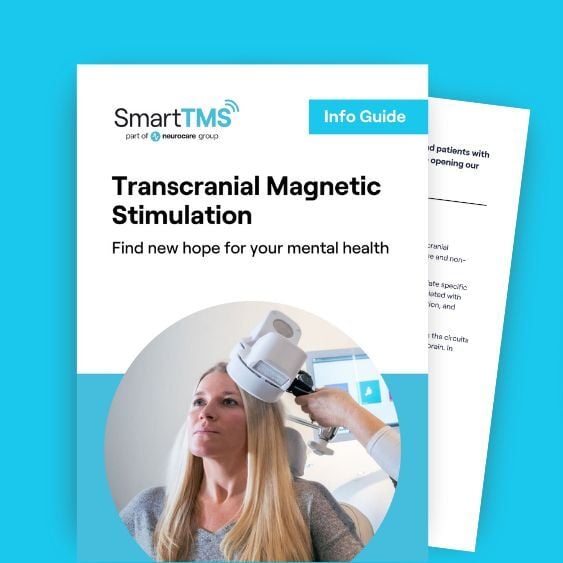How can TMS rewire the depressed brain?
April 25, 2022 - Smart TMS
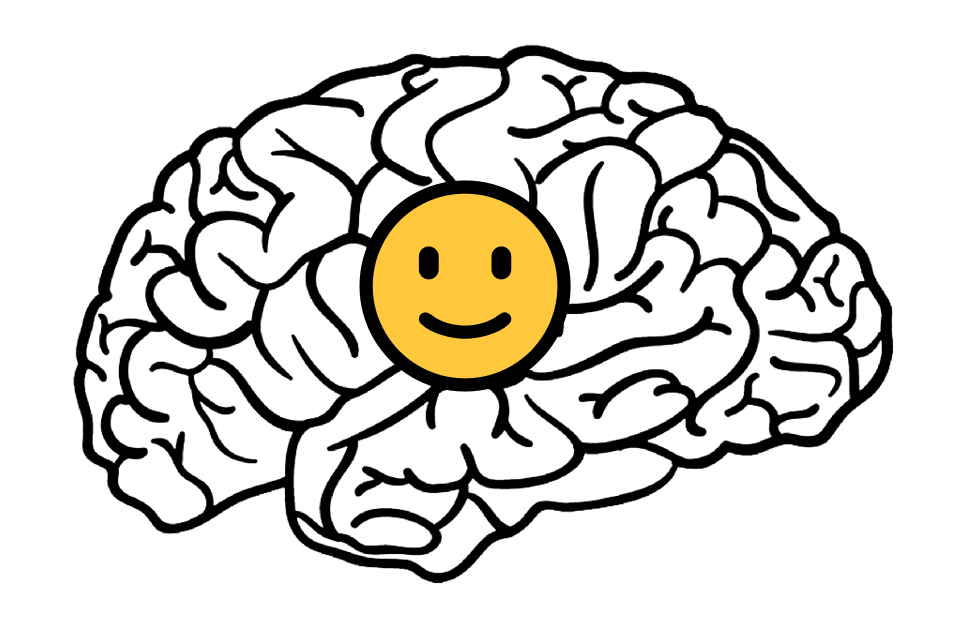
If you find the brain as fascinating as I do, and you’ve enjoyed my articles so far, you will be enthralled by the exploring the topic, deeper brain circuits that underlie depression. I will explain how the effects of TMS are propagated, from the surface of the brain to deeper structures.
The DLPFC says “NO!” to the negative thoughts
Research shows that the most effective treatment area for TMS is the left dorsolateral prefrontal cortex (DLPFC). This area of the brain is associated with cognitive and executive functions with working memory, such as when performing a task or goal-directed action, as I mentioned in my previous blog about addiction.
Its easy to think of the DLPFC as our inner motivational speaker, pushing those bad thoughts out as soon as they start invading our awareness so that we can focus on our life. However, in the context of depression the DLPFC has the function of regulating negative emotion. Brain imaging studies show that in depressed patients, the DLPFC is not as active as in healthy subjects, therefore not able to inhibit those thoughts, which then become our reality.
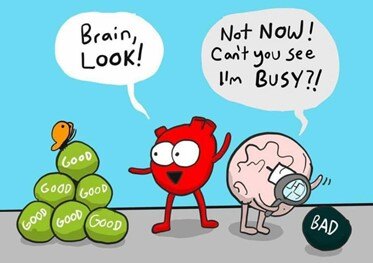
The dACC deals with low self-esteem
The dorsal anterior cingulate cortex (dACC) is a crucial part of the salience network of the brain, or the mechanism of determining what emotional information is important and filtering out what isn’t. This area gets automatically activated when we feel socially rejected, lonely and negatively evaluated. It will come as no surprise that brain imaging studies show that depressed people display an overactive dACC, linked to persistent feelings of low self-esteem and a weak activation of the DLPFC-dACC network. In other words, the DLPFC is unable to block the feeling of low self-esteem.
The amygdala is the alarm centre of the brain
The amygdala is a little structure in the brain with a big personality!
It is one of the first structure that develops in our brains and is what drives all of our emotional responses, completely outside of our control. Representing our threat detection system, the amygdala is directly connected to our stress hormone production and as soon as it detects threat it triggers the release of cortisol, initiating the fight or flight response.
You’ll be pleased to find that in healthy people, when it is not needed, that response is quickly shut down by the conscious part of the brain(the structures that I’ve talked about above). It gets filtered out because it does represent a real threat.
A brain that sees the glass as half empty
In depressed people, the amygdala is overactive in response to negative stimuli, things such as sad faces and negative words, rendering the person in a state of negative bias.
In other words, if our amygdala is overreactive, it makes us perceive anything that is negative, as a threat.
Furthermore, in healthy people the amygdala also responds to positive input but in depressed people that activation is not powerful enough. This results in a brain that prefers negativity over positivity, making us constantly see the glass as half empty.
Overview of the negativity circuit
Imagine looking at the brain from a bottom-up perspective. We start with the amygdala, which is too active in response to negative stimuli. This response gets sent to the dACC which is also overly activated which triggers feelings of low self-esteem in response to the original negative stimuli. The DLPFC, which would usually consciously block that information with positive reinforcement, is not able to do so because it cannot become activated enough.
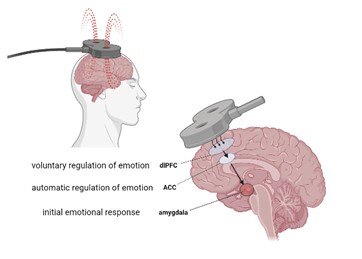
How can TMS help?
Treatment with TMS on the DLPFC has been shown to be the most effective area in treating depression. This treatment has lead to 86% of clinically significant improvements in depressed patients at Smart TMS. The treatment aims to increase the activation in the left DLPFC which is usually underactive. This will in turn allow the patient the ability to consciously push out the negative thoughts and low self-esteem that arises.
Activating the DLPFC to normal levels will then work to strengthen the connections between the DLPFC and dACC, restoring the dACC activation back to baseline levels in response to low self-esteem and negative evaluation. The dACC will then be able to inhibit the amygdala activation in response to negative stimuli and filter it out as irrelevant.
In conclusion, TMS could help make our brain stronger by restoring its power to block out negative thoughts and the balance of positivity to negativity, changing our brain from a negative one to a more positive one.
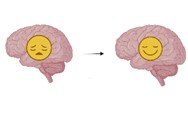
Author, Roxy Ioan,
Smart TMS Hampshire Practitioner








